May 16, 2025 | 08:22 GMT +7
May 16, 2025 | 08:22 GMT +7
Hotline: 0913.378.918
May 16, 2025 | 08:22 GMT +7
Hotline: 0913.378.918

Centralized slaughterhouses in Dong Nai are "wearing out" because they cannot compete with illegal slaughterhouses. Photo: Le Binh.
In Dong Nai the livestock “capital”, many investors are facing bankruptcy after spending tens of billions of VND to build modern slaughterhouses due to unfair competition with illegal slaughterhouses. In 2020, Nguyen Viet Dung’s family in Bien Hoa city invested VND 40 billion to build a centralized slaughterhouse on an area of 4.3 ha including a wastewater treatment area, two slaughterhouses for livestock and poultry with 15 slaughter lines.
When put into operation, this facility was able to operate at full capacity for exactly two weeks because traders brought pigs to be slaughtered in illegal slaughterhouses. Currently, this centralized slaughterhouse has enough pigs to operate only one production line with 50 pigs per night.
“People complain that slaughtering here costs more money and has tighter surveillance from the veterinary force compared to the slaughterhouses outside. For each such pig, they have to bear costs including slaughter, veterinary and management fees, a total of VND 100,000 - 120,000/pig,” he said.
One thing to note is that this slaughterhouse currently owes the bank VND 20 billion, having to pay nearly VND 500 million each month. With moderate activities like this, Dung does not have enough revenue to repay bank loans. The only option he can take now is to dismantle the equipment and sell it to pay off debt.
In a similar situation, in 2017, Nguyen Ba Thanh, owner of a pig slaughterhouse in Long Khanh city also spent VND 20 billion to invest in 6 slaughter lines for pigs, chickens and cows. However, each night this centralized slaughterhouse only operates for 30 minutes to slaughter 12 pigs. “We have 6 slaughter lines, but only enough pigs for 1 slaughter line. The factory's cow and chicken slaughter areas have been vacant for many years”.
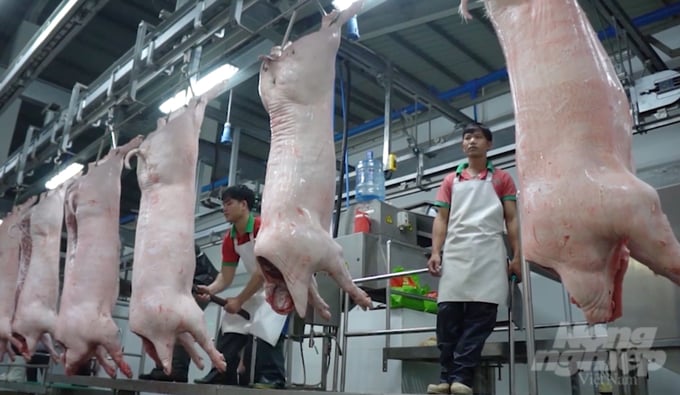
Many modern slaughterhouses in Dong Nai are operating moderately, only slaughtering cattle and poultry 1/10 of the intended capacity. Photo: Le Binh.
Dong Nai has 44 centralized slaughterhouses at present, and 4 of which have stopped operating. The remaining 40 centralized slaughterhouses are also operating moderately. The main cause was determined to be the issue of illegal slaughtering going rampant in the province. Traders still prioritize illegal slaughterhouses to reduce costs and increase profits.
“The profits from illegal slaughtering are too high while the penalties are too lenient, which can also be the reason why these individuals disregard the law. Perhaps, we should implement more synchronous and serious solutions to handle illegal slaughterhouses thoroughly," said Tran Lam Sinh, Deputy Director of Dong Nai Department of Agriculture and Rural Development.
Dong Nai's agricultural sector is building many practical programs to realize a network of standard animal slaughter facilities, meeting expectations and in accordance with the province's economic and social development progress.
Dong Nai Sub-department of Livestock Production and Animal Health is reviewing, adjusting and adding locations for construction of slaughterhouses throughout the province to meet the prescribed conditions.
The key task at hand is to advise the provincial Department of Agriculture and Rural Development to submit plans to the Dong Nai People's Committee to eliminate illegal slaughtering sites. The orientation of the Dong Nai livestock industry is to “prepare the nest to welcome the eagle", creating conditions and attracting organizations and individuals to invest in the slaughtering sector.
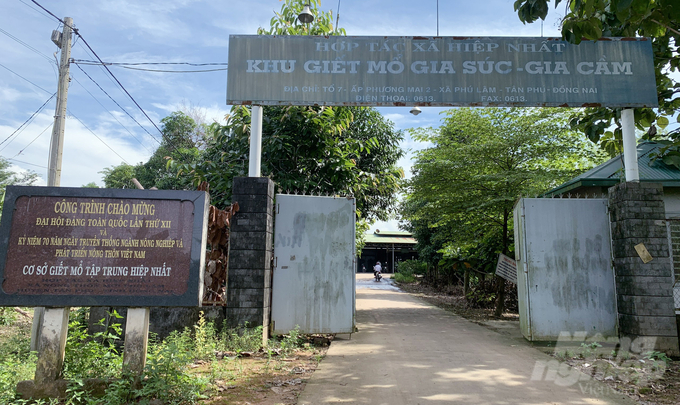
Dong Nai promotes the establishment of slaughter enterprises to operate in a more sustainable chain. Photo: Le Binh.
On the other hand, Dong Nai encourages the establishment of cooperatives or centralized slaughter enterprises. Accordingly, Dong Nai will prioritize calling for investors to participate in building centralized slaughterhouses operating in a chain.
To create motivation for the sustainable development of the livestock industry, Dong Nai Department of Agriculture and Rural Development has also devised a plan to integrate centralized slaughterhouses with programs and projects related to livestock production, processing, and consumption.
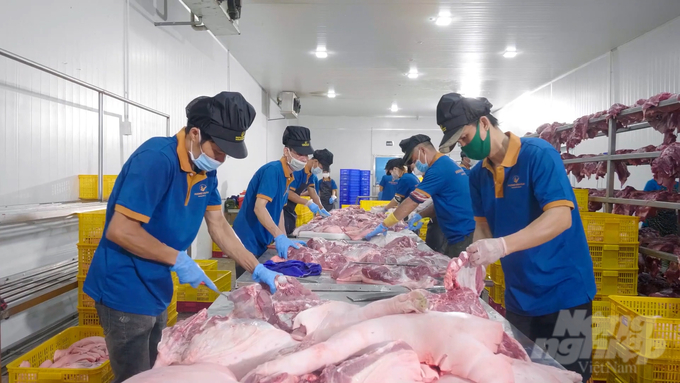
Establishing modern and concentrated slaughterhouses helps Dong Nai open up new and more promising directions for development. Photo: Le Binh.
Despite being a pioneer in applying high technology in the farm model, Dong Nai’s total herd includes 2.5 million pigs and 26 million chickens, but the export of livestock products to other strict markets is still modest compared to the existing potential. This is both a challenge and an opportunity that Dong Nai's livestock industry needs to aim for and increase the value of livestock products.
Translated by Samuel Pham
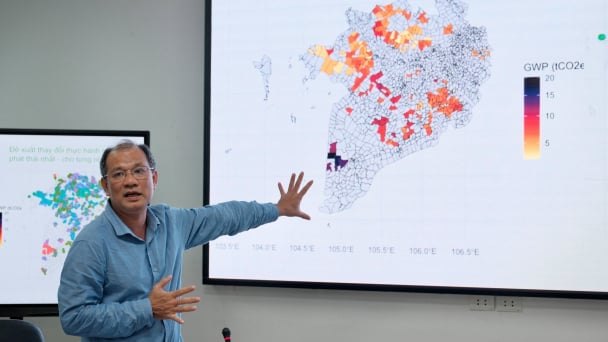
(VAN) Data from 10,000 farming households will help professionalize production organization and support the implementation of the One Million Hectares Program for High-Quality, Low-Emission Rice Cultivation.
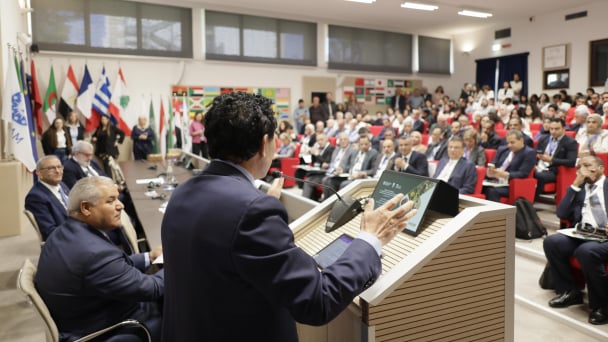
(VAN) FAO Director-General QU Dongyu marks International Day of Plant Health at NENA conference.
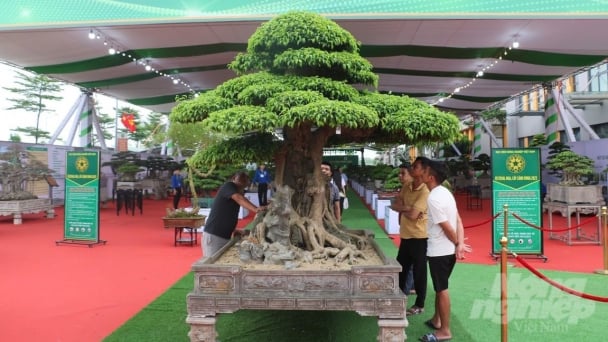
(VAN) Deputy Minister of Agriculture and Environment Hoang Trung affirmed that floriculture and ornamental plants are a growing industry that receives significant global attention.

(VAN) The three staple crops dominating modern diets – corn, rice and wheat – are familiar to Americans. However, fourth place is held by a dark horse: cassava.
/2025/05/10/4037-3-223011_495.jpg)
(VAN) Remote sensing technology is becoming an indispensable tool in monitoring resources, developing modern agriculture, and protecting the environment in Vietnam.
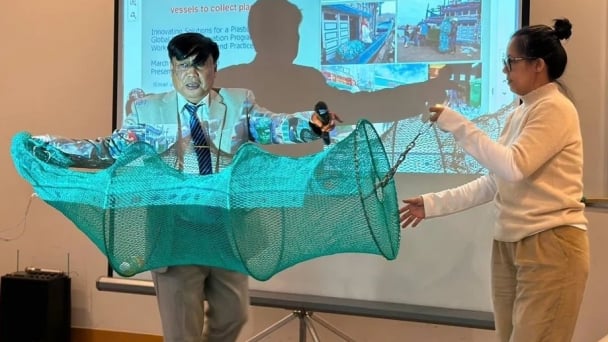
(VAN) The trash bag used on fishing vessels can withstand rough sea conditions, including level 8 to level 10 winds and waves. Notably, it can be hung anywhere on the boat.
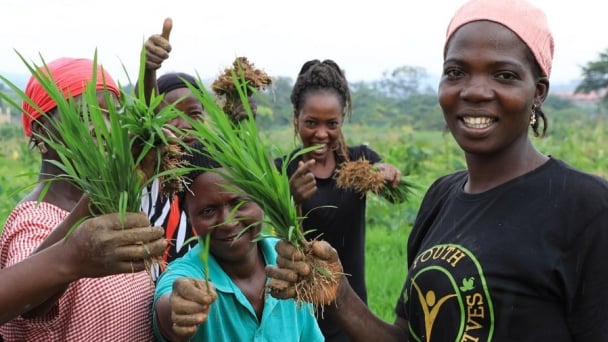
(VAN) African leaders launched the Kampala Declaration on Building Resilient and Sustainable Agrifood Systems in Africa, marking a bold step toward transforming the continent's agriculture.